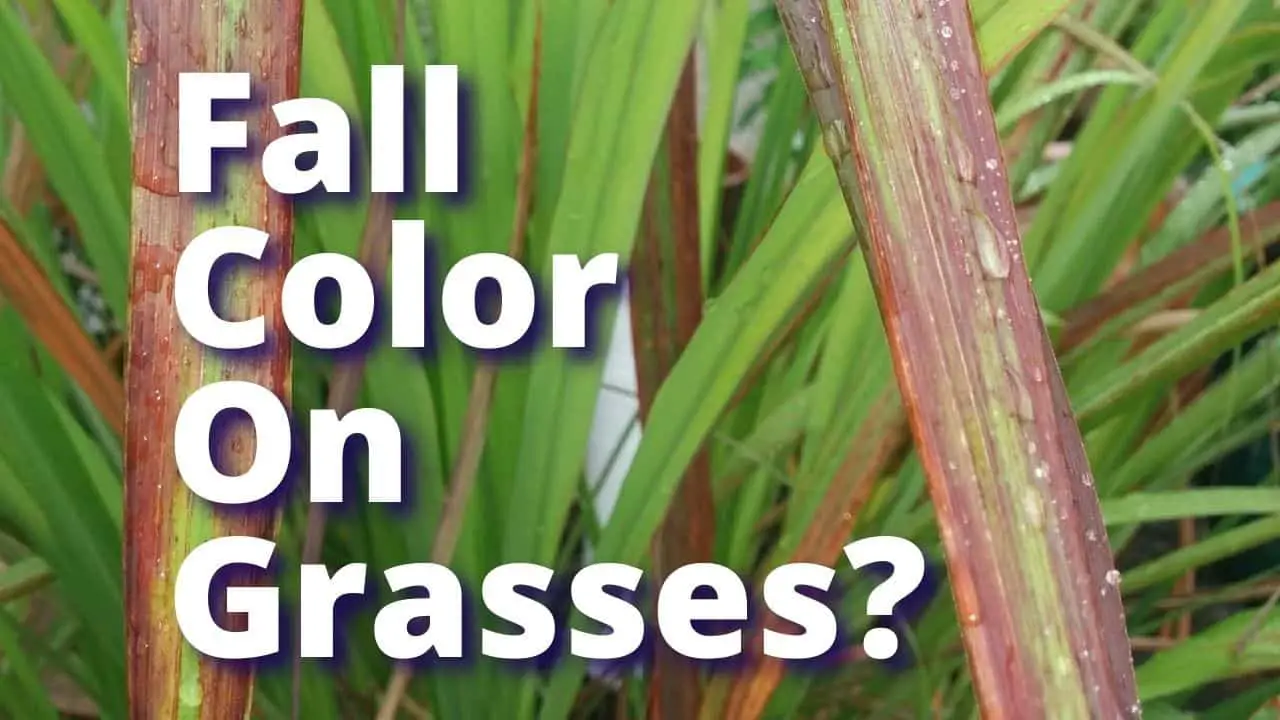Yes, spiders are beneficial. Yes, they trap and eliminate mosquitoes and other bugs from the area. No, I do not what them or their webs coating what is supposed to be the welcoming entrance to my home. Here are a few scientifically-researched tips to keep the area clear without calling the pest control company.
Here are 7 steps to treat and prevent spiders from living beside your front door.
- Start with a thorough cleaning of your porch, this removes spiders, spiders nests, and insects.
- Choose a spider repellent scent from the list below.
- Apply repellant spray to areas where spiders have been making their webs.
- Investigate what is attracting insects & flies to the area, and eliminate it.
- Clean your porch every 2 weeks and reapply repellent scents.
- Seal up cracks to the inside of your home to prevent spiders from traveling inside.
- Repeat
https://besidethefrontdoor.com/stories/prevent-spiders-on-your-front-porch-7-steps/
Click here to watch my YouTube video about spiders on your front porch!
Let’s explain a bit more from the list:
1. Start with a thorough cleaning.
Remove everything possible from your porch or entrance. Furniture, wreaths, welcome mats, and that pile of backpacks that sprang from the kids. Clean each of these before returning, if these items will be returning, to the front entrance AT THE END of these steps.
Sweep, vacuum, or power-wash all areas from the roof eaves to the railing to under the landing if possible. Clean the area of all current spider webs, and accompanying spider eggs. Pay particular attention to crevices and areas where there is air movement and/or light in the evening when insects are the most active.
2. Decide on spider repellent scent of choice.
There are many scents that we find pleasant that repel either spiders or the insects spiders feed upon.
Not all of the essential oils listed have scientific studies backing their recommendations for spider and/or insect control, but enough do have a scientific study that I am willing to give them a try. The actual essential oil, not just “wow, that smells like..” if you want actual ingredients that were tested in the studies instead of just fragrancing your space. Stop by your local natural remedy shop to smell and choose the one you like.
-Lavender
-Lemon balm
-mint, peppermint, spearmint…..
-geranium
-citronella
-orange
-chestnut oil
-neem oil
3. Apply repellent spray.
To mix up a bottle of repellent to spray:
- 1 cup water
- ¼ c liquid dish detergent
- 5 drops of essential oil or a combination of oils (up to 5 drops total)
Gently mix (as not to make lots of bubbles) and spray areas where you found webs while cleaning. Don’t forget the crawl space under the floor if available.
4. Investigate what is attracting insects & flies to the area, and eliminate it.
Is your porch light on all night? It will attract a lot of insects that will be an irresistible draw to the spiders. Do you have plants in the area that are infected with insect pests? Take care of that. Is something dropping fruit on or beside your porch which is attracting flies? Is there clutter that would make good hiding places for insects or spiders? Take a good investigative look and see if there is a way to eliminate or mitigate anything that might be attractive to spiders or their food source, insects.
5. Clean the area every 2 weeks and reapply repellent scents.
Most spider’s egg incubation periods are longer than 2 weeks, this way you remove any spider eggs from hatching out on your porch.
6. Seal up cracks inside the home to prevent spiders from traveling inside.
Any steps you would take to seal your home’s entry for energy efficiency will also create a barrier from spiders and insects to feeling welcome to move on into your home. Caulk up seams and apply to weatherstrip.
7. Repeat. Be vigilant. Keep up with step #5. Seasonally restart with step one.
If you have cats, please click here to read about essential oils and cats.
Related Questions:
How to get rid of mailbox spiders?
- Clean out thoroughly.
- Investigate what is attracting insects & flies to the area, and eliminate it.
- Decide on spider repellant
- Apply spider repellent
- Repeat every 2 weeks.
Notice that the seal cracks step from above is missing here and the order is different. Mailboxes need those cracks to allow water, which will get in, to drain out. The difference in the order of some of the steps is to best address the specific area.
Yes, I said address….ADDRESS, tee hee… I crack myself up…Get it? No? I guess they are right and I really shouldn’t leave my day job. Well, I digress…
If you have spiders living in your mailbox, first make a complete sweep clean of both inside and out of your mailbox to remove any current residents and any egg sacks. Have a picturesque vine growing up in your mailbox? Sorry, best to trim it back and off. That includes any other plants growing over or within 6 inches or so of your mailbox. These make very attractive places for spiders to live, hunt, and hide.
Choose a repellent from the above listing and mix and apply, using the above recipe.
Do Not Rinse, and do repeat every 2 weeks.
-
What Japanese Maples Are Orange In The Fall?

Latin name zones height 10-15 yrs spring color summer color fall color leaf type tree shape ACER JAPONICUM ‘EMMETT’S PUMPKIN’ FULL MOON 5-9 12-15 org/over green dark green orange Palmatum
-
Fall Color For Ornamental Grasses

Here is what you can expect for color in Zone 6 in the US for fall favorite grasses. Pink Muhly Grass – Muhlenbergia capillaries The plumes give clouds of pink
-
Why Is My Japanese Maple Turning Green?

There are 3 reasons your Japanese maple is green: Variety Season Light Intensity and duration First, what variety of Japanese maple do you have? There are many varieties that are
“Recent investigations in several countries confirm that some plant essential oils not only repel insects but have contact and fumigant insecticidal actions against specific pests” Click here to read the article. 1
‘One study shows that the components of limonene and camphor in the essential oils have repellant effects on mosquitoes in particular.
Another study (https://www.sciencedirect.com/science/article/pii/S0261219415300168) found citrus essential oils effective in preventing the spread of spider mites in greenhouses. It also mentioned l-limonene as a component in this effect.
This study states “Monoterpenoids (terpenes and biogenically related phenols) commonly found in plant essential oils” and mentions the effect of some essential oils( such as Thyme and citronella) as feeding deterrent in less than deadly(for the insect) doses. 2 https://pubs.acs.org/doi/abs/10.1021/jf000749t0
One last example of science looking into and positively finding the usefulness of essential oils in matters relating to insect pests is “These plants may be useful sources of chemicals for the control of arthropods of medical, veterinary or agricultural importance.” 3
Please follow the link to see the study and the plants included.
References:
- Murray B Isman; Plant essential oils for pest and disease management; Crop Protection, Volume 19, Issues 8–10, 12 September 2000, Pages 603-608
- (J. Agric. Food Chem. 2001, 49, 2, 715-72)
- Medical and Veterinary Entomology; Volume19, Issue4; December 2005; Pages 345-352


